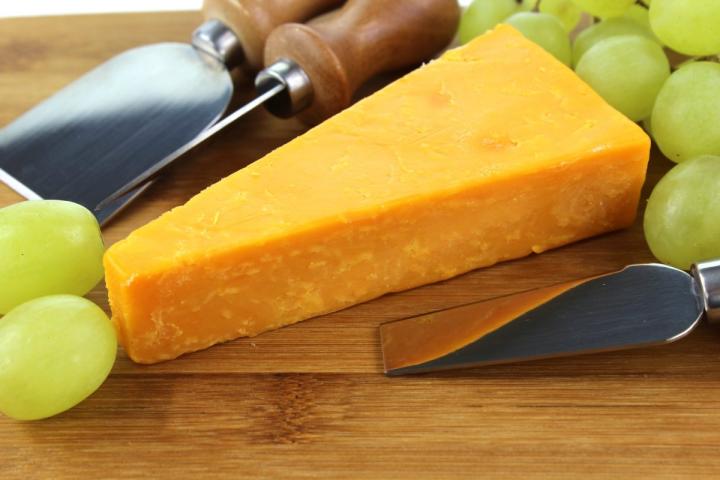How to Set Yourself Up for Success
Mindletter post written by Dr Kitty Wheater
Dear all,
It's been a week of dogmother learning, my end - so for this week's post, I demonstrably fail to not write about the puppy. Forgive me, and I hope it resonates.
How to Set Yourself Up for Success
If you see this title and give an involuntary shudder, bear with me. This is not ‘get rich quick’ or ‘ultimate life hack’ clickbait. It’s much simpler, and, I hope, less offensive to your intelligence. If, by contrast, you saw the title and thought ‘yes! Sign me up!’ with lots of exclamation marks in your brain – easy, tiger. I was gunning for 'success' too, at the start of this week. But this post is about the power of starting small, going slow, and taking it stepwise. It’s also about carrying your puppy onto the bus…
Let me explain. Some weeks ago, when I knew Hope the puppy was coming home, I bought a book called Training Border Collies by Barbara Sykes, the doyenne of the border collie world. In the early chapters, she writes about the importance of creating pockets of safety and calm for the puppy: a dog den, a chill mat, loving and patient words of greeting, even when you come home to unwelcome pools of puppy effluent. Nothing else can be done without these fundamentals: no training will work, and no risks can be taken. ‘Set your puppy up for success,’ she writes.

At various points over the last month of dogmotherhood, these words have circled back around in my head. As Hope the puppy grows and gains in confidence, new and ever more baffling situations arise. Take this: over a few days, I got her walking perfectly to heel, over and over, with my pocket full of treats. She was good in the hallway, in the garden, and in the carpark. We’d sussed this lead training thing, I thought smugly. Then, last Saturday, we went to Portobello beach with a friend. On the prom, my puppy was deaf as a post. The treats didn’t work. She wouldn’t even take them; everything else was more interesting. I was a tangle of lead and puppy and sore arms from the pulling. It was a disaster, and it carried on all day. For the first time, the word ‘disobedient’ crossed my mind. ‘Is this dog-adolescence?’ I thought, and, like every parent, I despaired.
I went some way down the despair rabbit-hole, munching my crab mac and cheese at the ShrimpWreck with my friend, before I remembered: set your puppy up for success. What had I done to Hope? I had plonked her onto Portobello prom on a sunny Saturday, possibly the busiest place and time imaginable. Of course she couldn’t pay attention. She had just passed Grade 1 dog-piano and I’d briskly put her into dog-orchestra. Safety? Calm? Not quite. And I, distracted by my human company, had not thought it through, and not understood.
So I picked her up and carried her home in my arms, where she sat safety and calmly, all 7.5 kg of her, watching all the sights, and smelling all the smells. Yesterday, for our first bus ride, as the big terrifying beast swooped in upon us, I scooped her up to take her on board, sat her on my lap, and fed her Babybel the whole way. Safety. Calm. Cheese.
It’s a simple principle, this: when learning new things, and taking new risks, what do we need to succeed? I wrote last week about the ‘window of tolerance’: the optimal state of nervous system regulation, in which we can metabolise stimuli without going into overwhelm. The window of tolerance is relatively simple to witness; we just need to pay attention. When we do, we find that in the calm of the hallway, the puppy can walk to heel without a treat; the first time we go to Portobello prom, or a bus pulls up to the kerb beside her, she is wildly over-stimulated. And then we notice what helps: in my arms, she can metabolise the sights, and the bus vibrations, and the press of people. She is back in her window of tolerance.
In mindfulness practice, we create pockets of safety and calm constantly. We develop anchors for the attention in relatively quiet and stable parts of the body – feet, sit-bones, hands - like with this simple FOFBOC ('feet on floor, bottom on chair') practice. This means that when we dip our toe into the water of difficult sensations, or are swept away by challenging thoughts, we know that we have somewhere to come back to. We do this in life, as well: we call a friend before a big meeting; for a turbulent day, we wear a piece of jewellery that reminds us who we are.
And we go stepwise. If half an hour’s meditation is too much, we try twenty minutes. If feet and hands aren’t strong enough to stabilise the attention, we ground more deeply, or more exteroceptively. We develop skills of metacognition - relating spaciously to thoughts - in meditation practice, so that when we are in a ‘real-life’ situation, we have a reservoir of practice to draw on. And for puppies? Next time we go to Portobello prom, we’ll go on a Monday afternoon when it’s raining, and there’s not an icecream in sight.
The advantage of this approach is that every failed walk, every difficult meditation, every hard conversation, is a data-point. We don’t usually interpret it in this way: we blame ourselves, or others. With the great determinist sweep of the ego-centric survival brain, we assume that it was always going to be that way, because we are so hopeless, or they are so awful. But what if we simply needed cheese – or something, this time, that was a little bit easier?
Life is complex: we cannot always control the available arms, or the path we need to walk. But we can learn, and set ourselves up for success: this thing, done this way, was too hard. What would be the next step down? And what would bring more safety into it, should I need to do it anyway? Watch, and discover: today, the bus; tomorrow, the world...
I wish you pockets of calm, and treats, this week. You can’t beat a Babybel in a time of need.
Warm wishes,
Kitty


